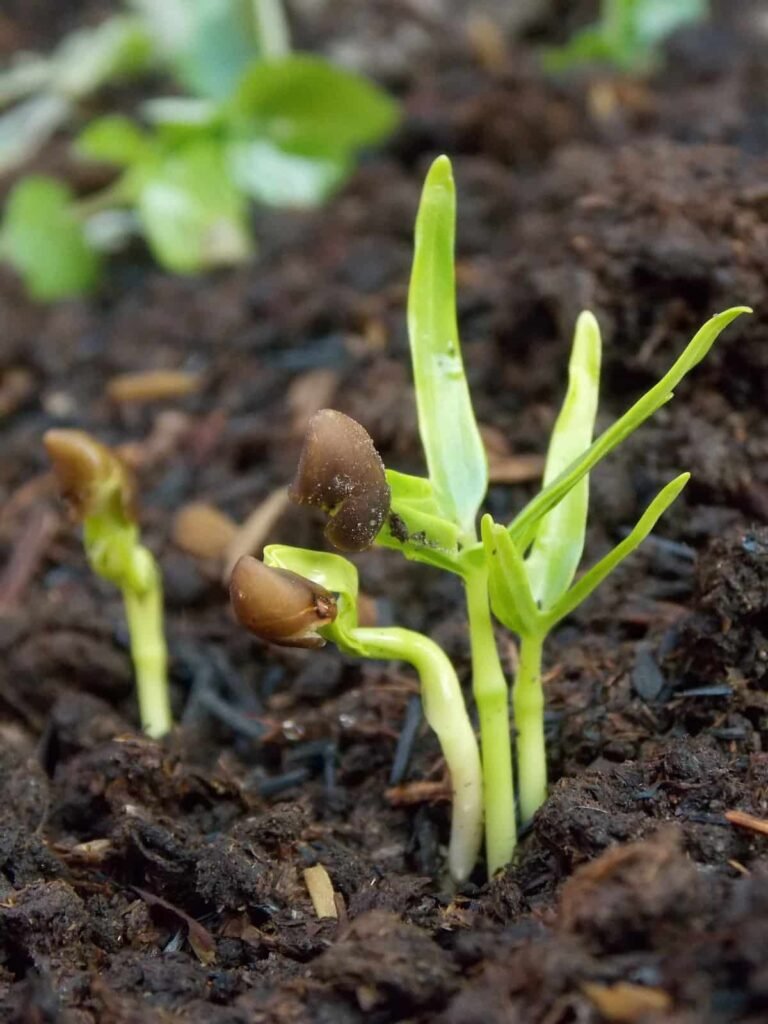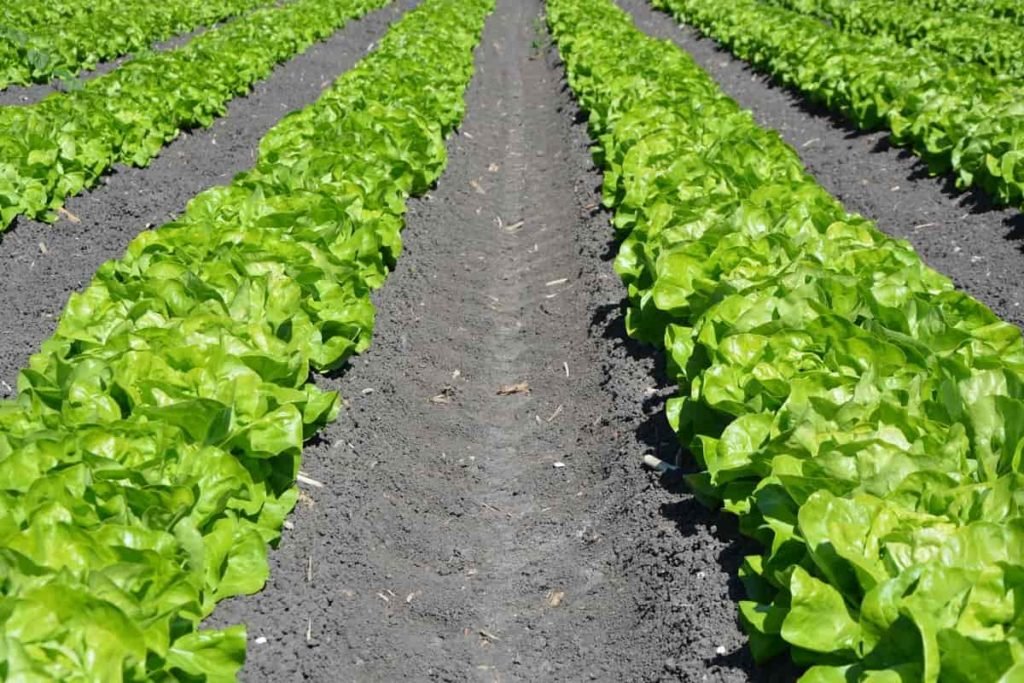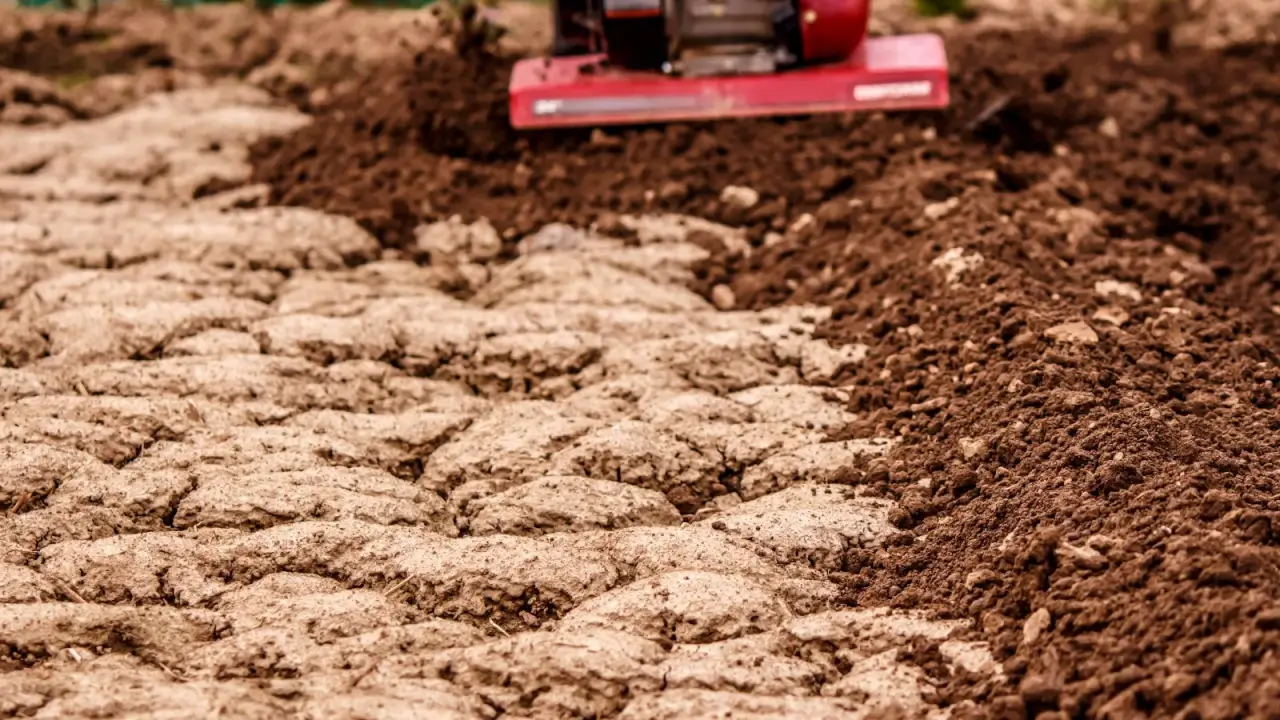The beginning of a journey into the realm of heritage chicken farming may be a rewarding and demanding experience all at the same time. Heritage chickens are a great option for homesteaders and farmers working on a smaller scale because of their distinctive characteristics, their resistance to disease, and their capacity to flourish in natural conditions.
However, prior to jumping in, it is necessary to have a solid grasp of the financial commitment that is required. When it comes to breeding heritage hens, the initial expenditures involve a number of different aspects that require careful attention. These expenses soon pile up, including everything from the purchase of chicks or eggs to the establishment of housing and the provision of adequate nutrition. This article will provide a comprehensive overview of all the important aspects involved in the Startup Costs for Raising Heritage Chickens. It will assist you in properly planning and avoiding surprises that you did not anticipate that could occur.
A Step-by-Step Guide to Budgeting for Heritage Chicken Farming
Initial Purchase Price of Heritage Chicken Breeds
One of the most significant costs associated with rearing heritage chickens is the acquisition of the birds themselves. Because of their scarcity and slower growth rates, heritage chicken breeds such as the Jersey Giant, Plymouth Rock, and Wyandotte typically have a higher price tag than commercial hybrids and are therefore more expensive.

There is a large amount of variation in prices that can be attributed to the breed, age (chicks versus pullets), and the breeder’s reputation. Expect to pay anywhere from five to twenty dollars for each female on average. In order to raise heritage chickens, one of the most important startup costs is to purchase high-quality stock. This is because investing in high-quality stock guarantees healthier birds with better genetics.
| Aspect | Details |
|---|---|
| Heritage Breeds Mentioned | Jersey Giant, Plymouth Rock, Wyandotte |
| Price Range Per Bird | 5−20 |
| Factors Affecting Cost | Breed, Age (Chicks vs Pullets), Breeder Reputation |
| Importance of High-Quality Stock | Ensures healthier birds with better genetics |
| Comparison to Commercial Hybrids | Higher price due to scarcity and slower growth rates |
| Average Cost Example | $10 per bird (mid-range estimate) |
Building or Buying Coops: Housing Expenses Explained
It is essential for the health and happiness of your heritage hens to have a coop that is both safe and cozy. When you build your own chicken coop, you have the ability to customize it, but you will need to purchase supplies like lumber, roofing, and hardware cloth.

There is also the option of purchasing pre-built coops, which may be purchased for a range of prices, from $300 to $1,000, depending on the size and quality of the coop. When estimating housing costs, it is important to take into account aspects such as protection from predators, ventilation, and space requirements. Typically, the space requirements for each bird inside the coop are between two and three square feet, while the space requirements for the run are between eight and ten square feet. One of the most significant components of the entire startup costs for raising heritage chickens is the provision of suitable housing.
| Aspect | Details |
|---|---|
| DIY Coop Materials Needed | Lumber, Roofing, Hardware Cloth |
| Pre-Built Coop Costs ($) | 300-1,000 |
| Space Requirements | 2-3 sq ft per bird inside coop, 8-10 sq ft per bird in the run |
| Key Considerations | Predator Protection, Ventilation |
| Customization Benefits | Ability to tailor design to specific needs |
| Cost Drivers | Size, Quality, Features |
Feeding Your Flock: Cost of Feed and Supplements
Although there are ongoing expenditures associated with feeding heritage hens, initial feed purchases are a significant contributor to the launch costs. The cost of starter feed, which encompasses vital nutrients for the development of chicks, is typically around twenty to thirty dollars per fifty-pound bag.
During the maturation of your flock, it will be required to switch to layer feed, in addition to providing your flock with occasional supplements such as grit or oyster shells to strengthen their eggshells. The use of organic or non-GMO feeds may result in a modest rise in expenses, but they are consistent with sustainable practices. While feeding is an ongoing commitment, planning ahead can help control the startup costs associated with raising heritage chickens in the early stages of the raising process.
| Aspect | Details |
|---|---|
| Starter Feed Costs ($) | 20-30 per 50-pound bag |
| Layer Feed Transition | Required as chicks mature |
| Supplements Needed | Grit, Oyster Shells |
| Organic/Non-GMO Feed Impact | Slightly higher cost, aligns with sustainability |
| Ongoing Commitment | Feeding remains a continuous expense |
| Planning Benefit | Helps manage early-stage startup costs |
Watering Systems and Hydration Needs
It is essential for the health of your heritage hens that you provide them with clean water on a daily basis. There are economical solutions available, beginning at ten to twenty dollars, for basic watering systems, such as plastic founts.
Automatic waterers or nipple systems are not only more labor-efficient and guarantee regular hydration for larger flocks, but they also come with higher initial expenditures, which typically range between fifty and one hundred fifty dollars. Materials that are long-lasting and designs that are resistant to freezing could potentially add to the cost if you reside in a colder region. When you are considering the startup costs for raising heritage chickens, it is absolutely necessary to include a dependable watering system in your budget.
| Aspect | Details |
|---|---|
| Basic Watering System Cost ($) | 10-20 |
| Advanced Options | Automatic waterers, Nipple systems |
| Cost of Advanced Systems ($) | 50-150 |
| Cold Climate Considerations | Durable materials, freeze-resistant designs |
| Efficiency Benefits | Reduces manual labor, ensures consistent hydration |
| Budget Importance | Essential to include in startup costs |
Brooder Setup Costs for Young Chicks
Before being released into the wild, young chicks require a warm and secure home, which can be given by a brooder. The purchase of heat lamps, bulbs, bedding, and containers for food and water are all necessary components in the process of establishing a brooder.
Single heat bulbs can cost anywhere from fifteen to thirty dollars, while bedding items like as pine shavings can cost anywhere from five to ten dollars per bale. Not only are brooders a short-term solution, but they are also an extremely important component in the beginning phases of heritage chicken breeding. These expenses constitute an additional component of the overall startup costs associated with the raising of heritage chickens.
| Aspect | Details |
|---|---|
| Brooder Components | Heat lamps, Bulbs, Bedding, Food/Water Containers |
| Heat Lamp/Bulb Cost ($) | 15-30 |
| Bedding Material Example | Pine shavings, Straw |
| Bedding Cost Per Bale ($) | 5-10 |
| Short-Term Use | Temporary setup until chicks grow |
| Startup Cost Contribution | Adds to overall initial investment |
Healthcare Essentials: Vaccinations and Preventive Measures
Despite the fact that heritage chickens are typically more resilient than industrial varieties, healthcare is still a crucial factor to take into mind. It is possible for immunizations against diseases such as Marek’s disease to cost one and a half dollars per chick.
In addition, it is prudent to have essential medical supplies on hand, such as antimicrobials, items for wound care, and dewormers. It is possible to reduce future veterinarian expenses by taking preventative actions at an earlier stage. It is important to allocate funds for healthcare in order to guarantee that your flock remains healthy and productive. This is one of the factors that contributes to the overall startup costs for maintaining heritage chickens.
| Aspect | Details |
|---|---|
| Vaccination Example | Marek’s Disease |
| Cost Per Vaccination | $1.50 per chick |
| Essential Supplies | Antimicrobials, Wound Care Items, Dewormers |
| Preventative Actions | Reduces future vet bills |
| Healthcare Budget Purpose | Ensures flock health and productivity |
| Contribution to Startup Costs | Part of overall initial planning |
Fencing and Predator Protection Investments
The protection of your heritage chickens from their natural enemies is an absolute necessity. Whether it be wire mesh or electric fencing, fencing materials are an essential component in the process of establishing a secure perimeter.
Depending on the style of fence and its height, the cost of a robust fence might range from one to three dollars per linear foot. The addition of features such as motion-activated lights or guard animals further enhances safety, but it also raises the costs associated with the system. When it comes to the startup costs for raising heritage chickens, one of the most important aspects that should not be missed is the process of making your setup predator-proof.
| Aspect | Details |
|---|---|
| Fencing Types | Wire Mesh, Electric Fencing |
| Cost Per Linear Foot ($) | 1-3 |
| Enhancement Features | Motion-Activated Lights, Guard Animals |
| Safety Importance | Protects chickens from predators |
| System Cost Increase | Additional features raise overall expense |
| Role in Startup Costs | Critical for security |
Nesting Boxes and Roosting Bars: Essential Interior Features
Within the confines of the coop, nesting boxes and roosting bars offer your heritage hens a sense of comfort and functionality. At a cost of ten to twenty dollars apiece, nesting boxes provide hens with a private room in which they can lay eggs, while roosting bars enable them to sit in comfort throughout the night.
There are do-it-yourself choices that can save money by using scrap wood, but those that are purchased from stores offer convenience and durability. The entire startup costs for raising heritage chickens includes these interior elements, which improve the living circumstances of your flock and contribute to the overall cost of starting up.
| Aspect | Details |
|---|---|
| Nesting Box Cost ($) | 10-20 |
| Function of Nesting Boxes | Provides private space for laying eggs |
| Roosting Bar Purpose | Allows comfortable perching overnight |
| DIY Savings | Uses scrap wood, reduces costs |
| Store-Bought Advantages | Convenience, Durability |
| Impact on Startup Costs | Improves flock comfort, adds to total investment |
Bedding Materials and Waste Management Solutions
When it comes to ensuring that the coop is kept clean and odor-free, having the appropriate bedding is quite necessary. Straw, pine shavings, and sand are all common options, and each features a unique set of advantages and disadvantages.

One bale of straw costs between five and ten dollars, while pine shavings are slightly more expensive but have a higher capacity for absorption. The cost of regularly replacing bedding is a continuing investment; however, investing in a composting system can convert waste into beneficial fertilizer, which can assist in offsetting some of the costs. The startup costs for raising heritage chickens include a number of practical components, including supplies for bedding and waste management.
| Aspect | Details |
|---|---|
| Common Bedding Options | Straw, Pine Shavings, Sand |
| Cost of Straw Per Bale ($) | 5-10 |
| Pine Shavings Advantage | Higher absorption capacity |
| Continuing Investment | Regular replacement required |
| Composting System Benefit | Converts waste into fertilizer |
| Role in Startup Costs | Practical necessity for cleanliness |
Electricity and Utilities: Running Costs for Lighting and Heating
Your utility bills will become a part of your expenses if you make use of artificial lighting or heating equipment like heating elements. For brooders, heat lamps are a significant source of electricity use, particularly during the colder months.
On the other hand, supplemental lighting stimulates constant egg production during the winter months. Options that are more energy-efficient, such as solar-powered systems or LED bulbs, can help lower costs over the long term. A more accurate depiction of the continuous financial commitment that is associated with the startup costs for raising heritage chickens can be obtained by taking into account these utilities.
| Aspect | Details |
|---|---|
| Utility Expenses Example | Artificial lighting, Heating |
| Significant Energy Use | Heat lamps for brooders |
| Winter Lighting Benefit | Stimulates egg production |
| Energy-Efficient Options | Solar-powered systems, LED bulbs |
| Long-Term Savings | Lower utility costs with efficiency measures |
| Financial Commitment | Continuous expense tied to operations |
Transportation Costs for Supplies and Equipment
Costs associated with transportation are frequently incurred when you are putting everything in place for your heritage chicken company. The cost of gas and the wear and strain on your car can add up, regardless of whether you are transporting building supplies for your coop or picking up chicks from a far-off hatchery.
It is feasible to reduce these costs by planning trips that are efficient and sourcing locally wherever it is practicable to do so. A relatively insignificant but significant component of the initial costs associated with raising heritage chickens is transportation.
| Aspect | Details |
|---|---|
| Transportation Costs Include | Gas, Vehicle Wear and Tear |
| Examples of Transport Needs | Coop Supplies, Chicks from Hatcheries |
| Cost-Saving Strategy | Efficient trip planning, Local sourcing |
| Local Sourcing Advantage | Reduces travel distance and expenses |
| Impact on Total Costs | Small but noteworthy contribution |
| Practicality Factor | Important for overall budgeting |
Insurance and Permit Fees: Legal Considerations
There is a possibility that you will be required to obtain permits or insurance for your chicken-raising endeavor, depending on geographical area. Permits to keep animals are occasionally required by zoning restrictions, and the annual cost of these permits can range anywhere from $25 to $100.
The protection provided by liability insurance is safeguarded against unanticipated occurrences that involve neighbors or guests. The entire startup costs for raising heritage chickens are affected by these legal issues, even though they are not directly tied to the day-to-day operations of the enterprise.
| Aspect | Details |
|---|---|
| Permit Requirements | Varies by location |
| Typical Permit Costs | 25−100 annually |
| Liability Insurance Purpose | Protects against unexpected incidents |
| Legal Importance | Compliance with local regulations |
| Indirect Impact | Not tied to daily operations but affects finances |
| Role in Startup Costs | Necessary for legal setup |
DIY vs. Purchased Solutions: Balancing Time and Money
There are a lot of people who want to keep chickens, but they have to choose between doing it yourself projects and buying solutions. Constructing your own chicken coop or making your own accessories can save you money, but it requires time, materials, and expertise.
On the other hand, purchasing products that are already created does give convenience, but it comes at a higher cost. The key to successfully controlling the startup costs for raising heritage chickens is to find a balance that takes into account your resources and the things that are most important to you.
| Aspect | Details |
|---|---|
| DIY Benefits | Saves money, Customizable |
| DIY Challenges | Requires time, materials, expertise |
| Purchased Solution Advantages | Convenience, Quality Assurance |
| Higher Cost Tradeoff | More expensive upfront |
| Balancing Factors | Resources, Priorities |
| Impact on Startup Costs | Influences overall budget based on choice |
Sourcing Quality Breeds: Finding Reputable Hatcheries and Breeders
The decision of where to purchase your heritage chickens has an impact on both the level of success and the cost. Hatcheries and breeders with a good reputation charge reasonable costs for stock that is healthy and loyal to the breed.

You may guarantee that you are purchasing quality birds by conducting research on reviews and certificates. When it comes to mail-order chicks, the shipping prices normally run from twenty to fifty dollars, depending on the distance and the number. When it comes to minimizing the initial investment required to raise heritage chickens, one of the most effective strategies is to use reliable sources.
| Aspect | Details |
|---|---|
| Reputable Source Importance | Healthy, Breed-Loyal Stock |
| Research Tools | Reviews, Certificates |
| Mail-Order Shipping Costs ($) | 20-50 |
| Shipping Variables | Distance, Number of Birds |
| Strategy for Minimizing Costs | Choosing reliable sources |
| Impact on Success | Affects flock quality and investment |
Long-Term Benefits Outweigh Initial Investment
Despite the fact that the initial investment required to raise heritage chickens might appear to be intimidating, the long-term benefits more than outweigh the cost. These hardy birds are responsible for the production of tasty eggs, enhancement of soil fertility through natural scratching, and contribution to environmentally responsible agricultural techniques.
Increasing self-sufficiency and decreasing reliance on feed both contribute to a reduction in recurring costs over time. After gaining an understanding of how the initial expenses incurred in the process of raising heritage chickens translate into long-term value, the undertaking becomes rewarding.
Conclusion
The raising of heritage hens is a satisfying endeavor that combines modern sustainability with the preservation of centuries-old traditions. The Startup Costs for Raising Heritage Chickens can be broken down into more manageable sections, which will help you achieve clarity and confidence in your financial planning.
Investing in long-lasting infrastructure and purchasing breeds of excellent quality are just two of the many steps that contribute to the development of a thriving flock. Despite the fact that the initial investment might appear to be enormous, the benefits, both tangible and intangible, exceed the costs by a significant margin. Any individual who is enthusiastic about heritage poultry has the potential to reap substantial rewards if they engage on this adventure with the right amount of preparation and reasonable expectations.














Leave a Reply